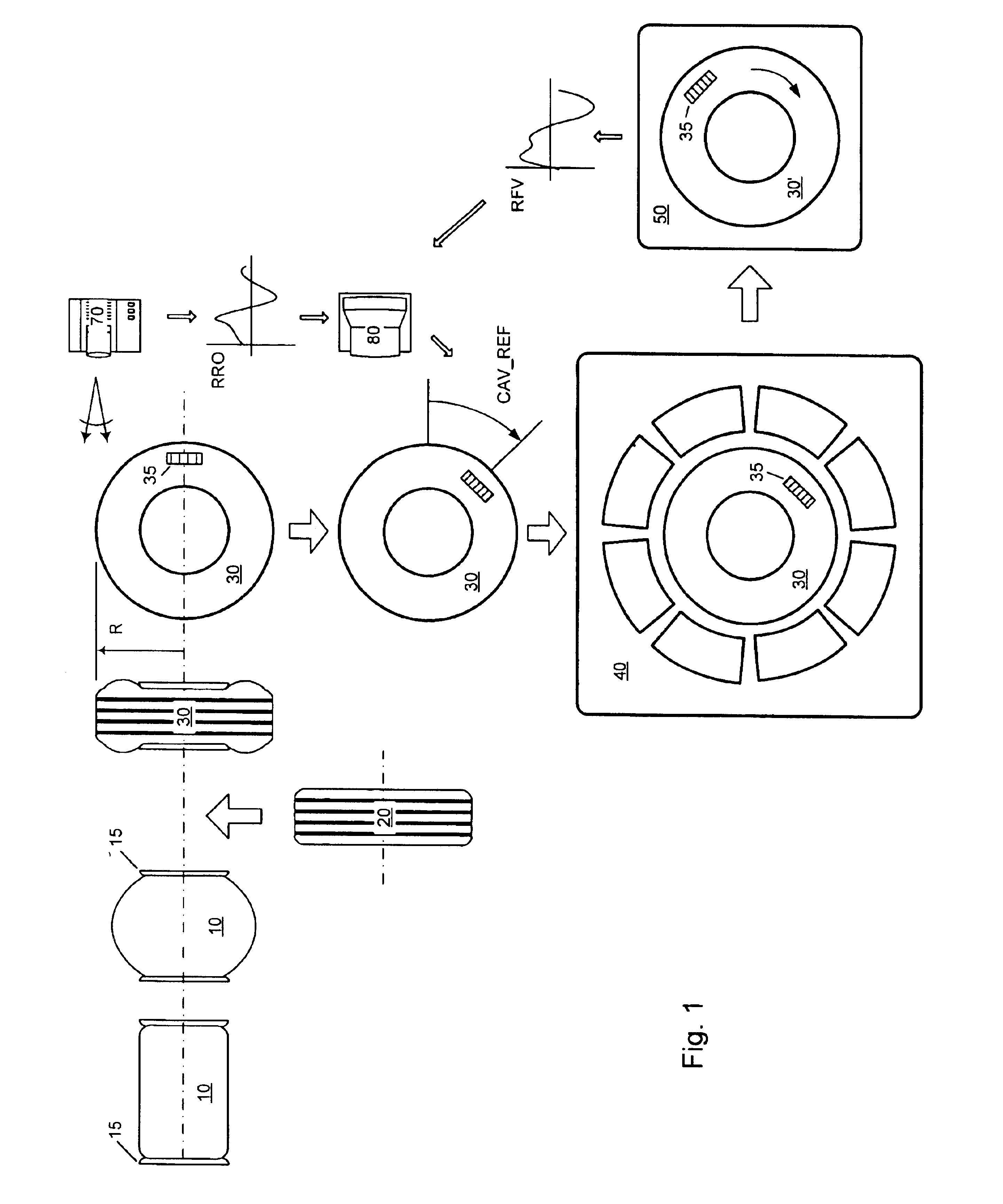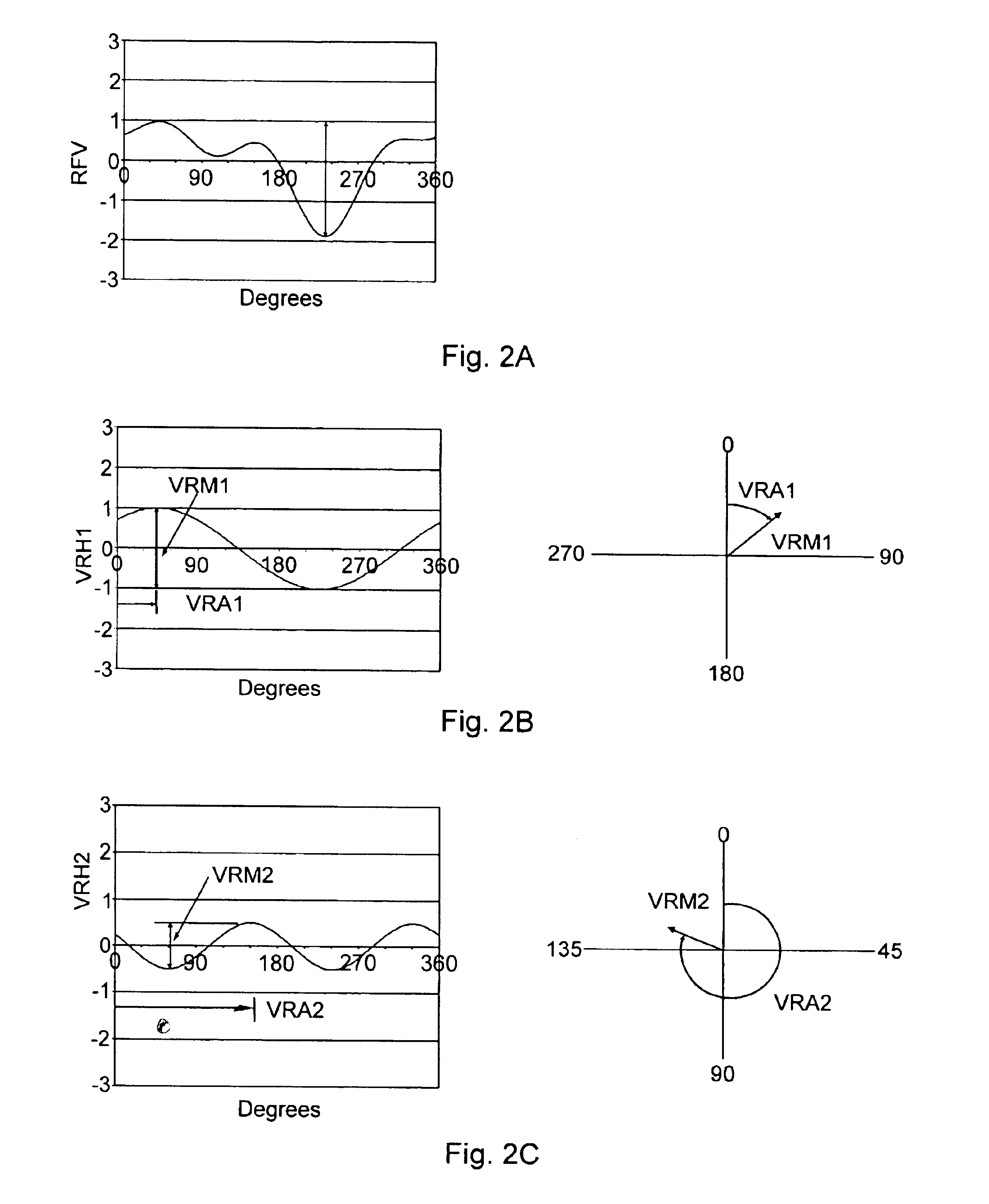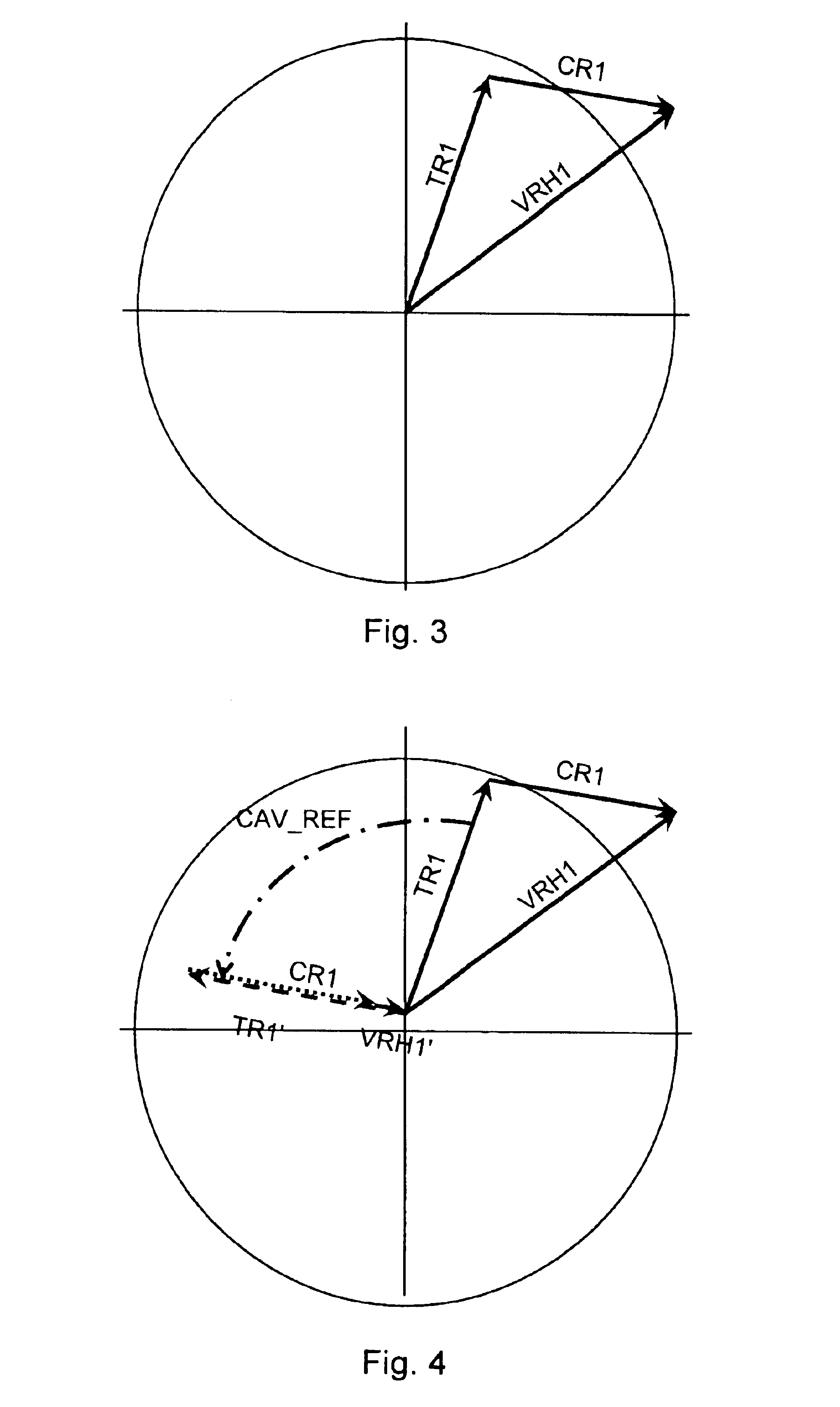Tire manufacturing method for improving the uniformity of a tire
a manufacturing method and tire technology, applied in the field of tire manufacturing method, can solve the problems of removing wearable tread rubber from the product, requiring an extra manufacturing step, and affecting the ride and handling of the vehicle,
- Summary
- Abstract
- Description
- Claims
- Application Information
AI Technical Summary
Benefits of technology
Problems solved by technology
Method used
Image
Examples
Embodiment Construction
Reference will now be made in detail to exemplary versions of the invention, one or more versions of which are illustrated in the drawings. Each described example is provided as an explanation of the invention, and not meant as a limitation of the invention. Throughout the description, features illustrated or described as part of one version may be usable with another version. Features that are common to all or some versions are described using similar reference numerals as further depicted in the figures.
Modern pneumatic tires are generally manufactured with great care and precision. The tire designer's goal is that the finished tire is free of non-uniformity in either the circumferential or lateral directions. However, the designer's good intentions notwithstanding, the multitude of steps in the tire manufacturing process can introduce a variety of non-uniformities. An obvious non-uniformity is that the tire may not be perfectly circular (radial runout or RRO). Another form of non...
PUM
| Property | Measurement | Unit |
|---|---|---|
| radial force | aaaaa | aaaaa |
| loading angle | aaaaa | aaaaa |
| surface appearance | aaaaa | aaaaa |
Abstract
Description
Claims
Application Information
 Login to View More
Login to View More - R&D
- Intellectual Property
- Life Sciences
- Materials
- Tech Scout
- Unparalleled Data Quality
- Higher Quality Content
- 60% Fewer Hallucinations
Browse by: Latest US Patents, China's latest patents, Technical Efficacy Thesaurus, Application Domain, Technology Topic, Popular Technical Reports.
© 2025 PatSnap. All rights reserved.Legal|Privacy policy|Modern Slavery Act Transparency Statement|Sitemap|About US| Contact US: help@patsnap.com



